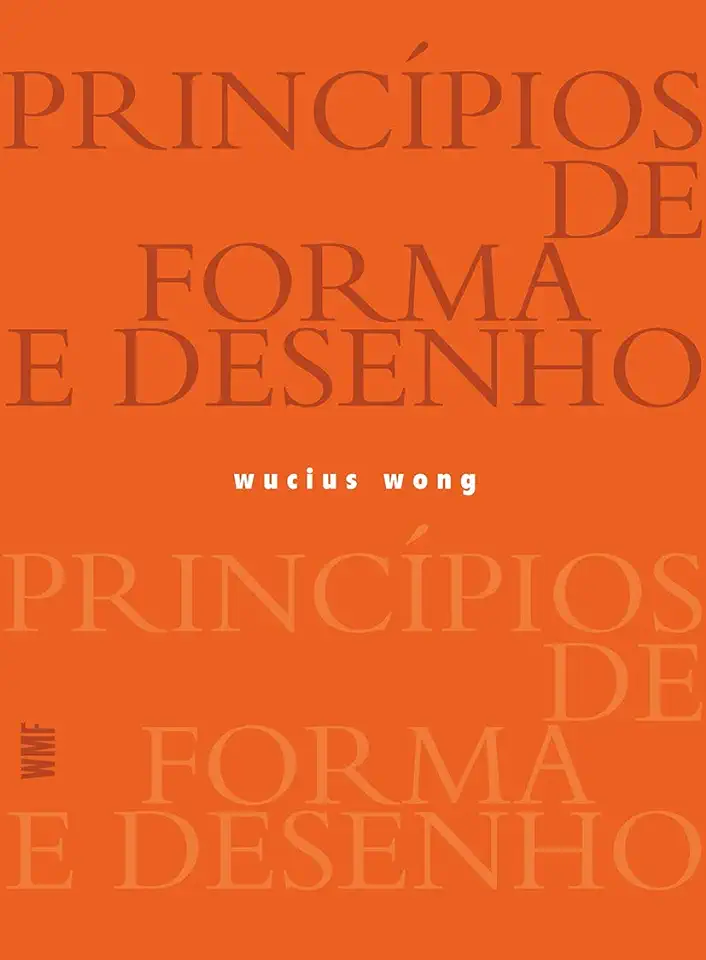
Principles of Form and Design - Wucius Wong
Principles of Form and Design: A Comprehensive Guide to Visual Composition
Introduction
In the realm of art and design, mastering the principles of form and design is essential for creating visually compelling and effective compositions. Wucius Wong's seminal work, "Principles of Form and Design," serves as an invaluable guide for artists, designers, and anyone seeking to understand and apply these fundamental principles. This comprehensive book delves into the core concepts of visual composition, providing a thorough exploration of the elements and techniques that contribute to successful design.
Understanding Visual Perception
Wong begins by establishing a solid foundation in visual perception, explaining how our eyes and brains process and interpret visual information. This understanding forms the basis for the subsequent exploration of design principles, as it highlights the importance of catering to the natural tendencies of human perception.
Elements of Visual Composition
The book then introduces the fundamental elements of visual composition, including line, shape, form, texture, value, and color. Each element is meticulously examined, with detailed explanations of their properties and the impact they have on the overall composition. Wong illustrates how these elements can be manipulated to create visual harmony, balance, and emphasis.
Principles of Design
Moving on to the principles of design, Wong presents a comprehensive analysis of the key concepts that govern effective visual composition. These principles include unity, variety, balance, rhythm, emphasis, and proportion. Through numerous examples and illustrations, the book demonstrates how these principles can be applied to create visually pleasing and impactful designs.
Compositional Techniques
Wong further enhances the reader's understanding of design by exploring various compositional techniques, such as repetition, contrast, gradation, radiation, and movement. These techniques are explained in detail, with practical examples showcasing their application in different design contexts.
Color Theory
Recognizing the significance of color in design, Wong dedicates a substantial portion of the book to color theory. He provides an in-depth examination of the color wheel, color harmonies, and the psychological effects of different colors. This knowledge empowers designers to make informed color choices that effectively communicate their intended message.
Practical Applications
To solidify the reader's grasp of the principles and techniques discussed, Wong concludes the book with a series of practical applications. These applications cover a wide range of design disciplines, including graphic design, interior design, architecture, and product design. Real-world examples illustrate how the principles of form and design can be successfully applied in various creative fields.
Conclusion
"Principles of Form and Design" by Wucius Wong stands as a timeless classic, offering a comprehensive and accessible exploration of the fundamental principles that govern visual composition. With its clear explanations, insightful analysis, and wealth of practical examples, this book is an indispensable resource for anyone seeking to master the art of visual design. Whether you're a seasoned professional or just starting your creative journey, "Principles of Form and Design" will inspire and empower you to create visually stunning and impactful compositions.